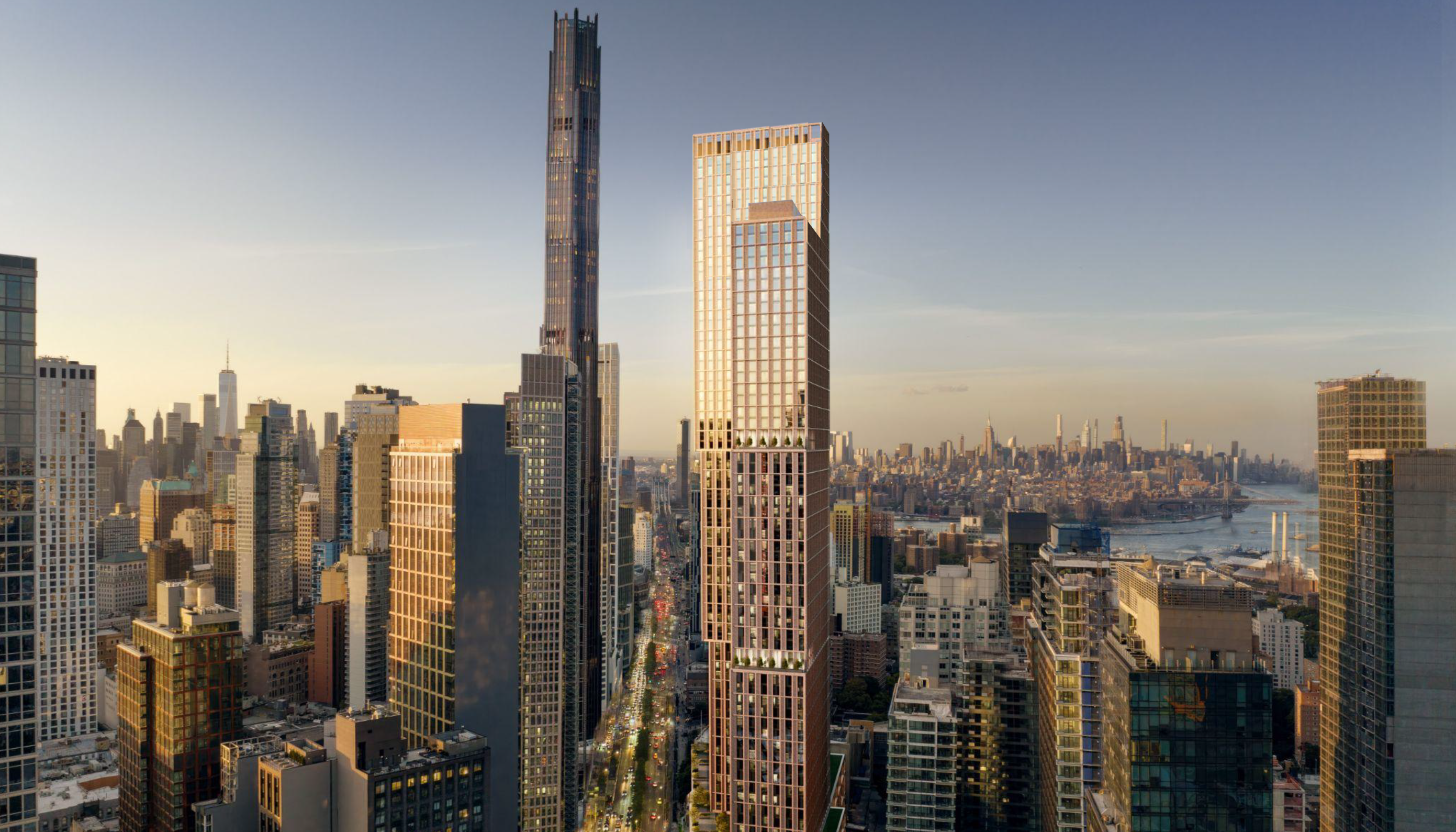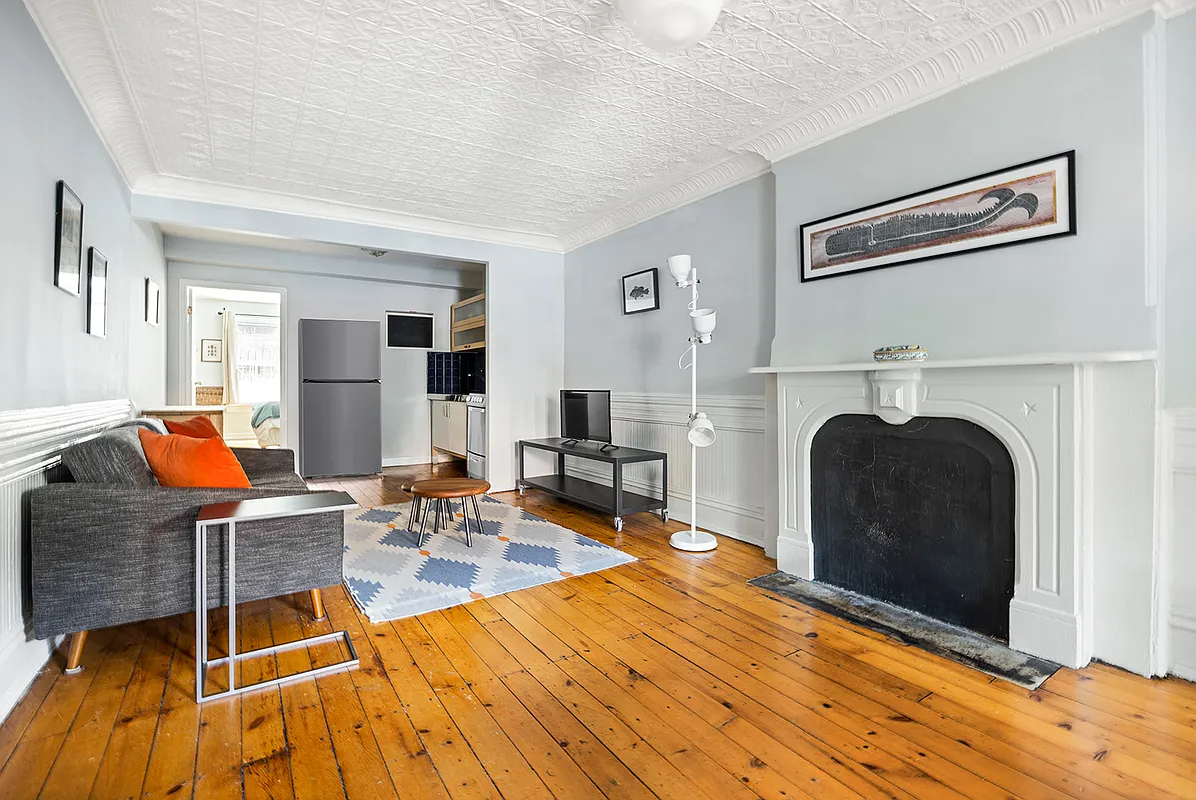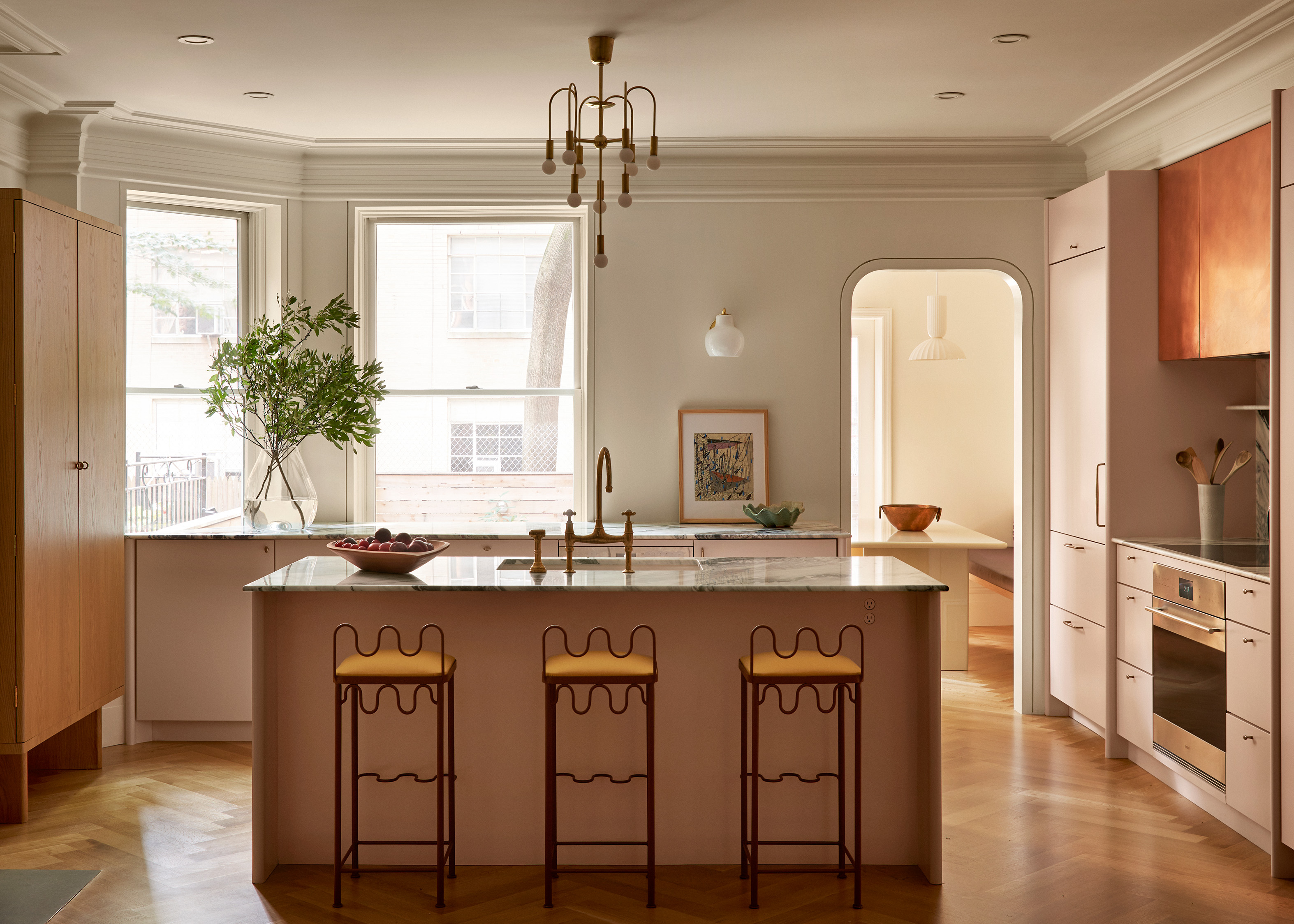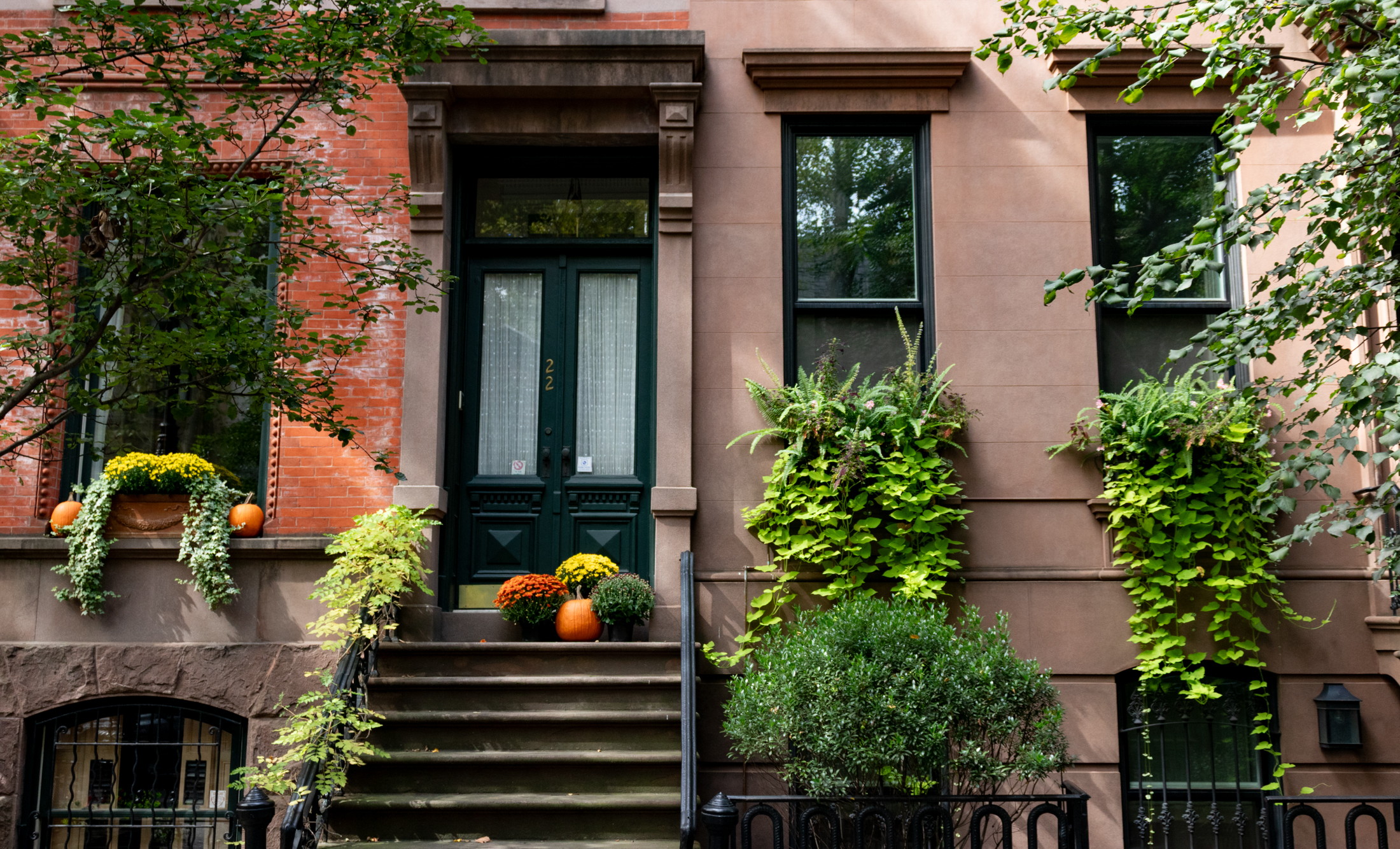Brownstone Market: Trouble on the Fringes?
This month’s issue of The Real Deal has an article about the ramifications of a cooling real estate market in Brooklyn (despite the debatability of that assertion). TRD contends that the more “farflung” nabes are the most vulnerable, pointing not only to some price reductions in spots like Bed Stuy as well as signs of…
This month’s issue of The Real Deal has an article about the ramifications of a cooling real estate market in Brooklyn (despite the debatability of that assertion). TRD contends that the more “farflung” nabes are the most vulnerable, pointing not only to some price reductions in spots like Bed Stuy as well as signs of mortgage lenders becoming more stringent about appraisals and comps. One Brown Harris Stevens broker claims that houses in Bed Stuy that may have been selling for for around $800,000 a few months ago now have asking prices closer to $600,000. Maybe, but frankly we haven’t seen many examples of such a dramatic shift. Sure people are being more deliberate in the search and may be less likely to plunk down a million bucks for a wreck in a less proven area, but 25% decreases are the exception not the rule as far as we’re aware.
Doubts on Fringe of B’kln [The Real Deal]





Sorry, David, I applied your question to rents, when I realize now you were referring to sales — but some of the factors are the same, depending on the area — people who found they couldn’t afford to buy a 1 bedroom are settling for a studio. Additionally, it may not be that the price for a particular studio has doubled, but rather the average, due to the influx of “luxury” properties selling for more.
I agree with Anon @10:30 AM. In a slow market there will always be a flight to quality,i.e, a more realistic assessment of the cost of a house by a buyer in relation to how much more money has to be put into the house to make it livable. Given the quality of the housing stock in Stuyvesant Heights and its landmark status, it is the areas surrounding SH that are on the fringe.
“I have a very different theory about the fringes. The prime nabes are so out of reach that if they came down by 50%, your average 1st time home buyer still won’t be able to afford them. I think the “fringe” areas have some catching up to do.”
I might buy this theory if all you had were nabes like B Heights and nabes like Bushwick with nothing but a huge chasm in between. A cobble Hill house can drop 40% and not be near Bed Stuy prices, true.
The problem is, there is a whole continuum of hoods and prices. If Park Slope drops in price, then some of the people shopping in Windsor Terrace/South Slope can afford to buy in PS instead. Then someone shopping in Lefferts can afford Windsor Terrace. The Crown Heights shopper can afford Lefferts and the Bed Stuy buyer can afford Crown Heights… I may have the hierarchy of prices somewhat wrong, but you get the point.
Whether anyone likes it or not, the fact is many people buying today are buying in their 2nd or 3rd choice neighborhoods. When a high-priced nabe drops, it puts downward pressure on the nabe just below it in price (as the 1st choice comes within reach for some) and so on down the chain.
I don’t know if or when the market will decline, but when a decline comes, this is what happens. (Also within neighborhoods — I’d expect Stuy Heights to hold better than less-prime Stuy and so on, and my own house will not fare as well as one in prime Park Slope.)
Is supply in Bed Stuy really increasing? I would love to hear from people who are actively looking, not just those doing armchair analysis.
A lot of people make the mistake of reading the national buzz that home prices are dropping and assuming that it applies across the board.
The fact is, like it or not, brooklyn real estate is a very hot market (bed stuy included).
I think a more accurate description of the market is that ‘crappy’ properties on ‘crappy’ blocks are staying on the market longer. But it’s foolish to make a global generalization and say that prices everywhere is dropping. The more affordable units (studios, one-bedrooms, a good house in bed stuy) are still flying off the market (if they’re reasonably priced).
Let’s wait and see what the spring and summer brings. I think we’ll see much of the same ‘irrational exuberance’. People are dumping their savings into their homes and they’re ‘hunkering’ down for the long haul. Which I think will be a good thing for this borough.
Just to clarify.
I’m sure there are lots of renters in Bed Stuy, I just don’t know them yet. The point is that prices relative to rent are at historic highs and have grown even as interest rates have risen. Bed Stuy, for all it’s safety, warmth and welcomingness, is clearly a less reliable nabe from a cash flow perspective than the Blue Chip areas of Brooklyn.
Two years ago, a buyer could look past higher vacancy rates and lower rents because prices and interest rates were sufficiently low. A million dollar house at 6.3% mortgage rates today is going to cost the owner dearly unless the renatl market improves significantly. Otherwise, it’s purely bubblenomics ala 10:40.
I don’t think it’s wise to invest based on the international pied-a-tierre money pouring into Bushwick.
David, some the simplest supply/demand factors are causing rent increases everywhere, namely a decreasing supply of rental properties and an increased demand for them. There are fewer and fewer rental properties all over NYC, particularly in the more “desirable” areas due to 1)conversion of rental properties to condo and 2) a drop in the mobility of renters, combined with a continued influx of new residents into the city, particularly Manhattan. New construction is 90% condos, and new rental construction is mostly luxury buildings. People who, even a year ago, would have moved to buy something are now waiting to see if sales prices are going to drop significantly while people who would have “traded up” from a studio to a one bedroom or from a one to a two are looking up and realizing they can’t afford to do that, so they’re staying put.
In the meantime yet another wave of soon-to-be graduates is poised to hit our shores, looking for “cheap” rentals. Most of them will settle for a disgusting walk-up studio in a pest-invested building in the East Village, Upper East Side, or some other “safe” area of Manhattan. Others, those with imagination and curiosity, will wind up with beautiful brownstone floor-throughs in convenient, yes, safe, neighborhoods like Stuyvesant Heights for the same price or less.
It’s faster to go to Wall St via the A train from Utica than it is via the 4, 5, 6 from the Upper East Side, especially if you live (as most of these people will) east of 2nd Ave.
Amy, the idea of a walking tour is fabulous — good luck getting people to even come out to Bed Stuy however — I’ve given up trying to educate people. When two little girls tell me they want to share a studio on the Upper East Side, I no longer tell them that they could have a beautiful apartment in Stuyvesant Heights for the same price or less and be closer to their jobs on Wall St. They don’t want to hear it — yes, racism plays a definite part here, and so does the overall image of NYC in general as a dangerous place. I actually had someone from a large Southwestern city write me recently saying she only wanted a “safe” area of Manhattan — I replied that crime statistics show NYC to be the fourth-safest city with a population of over 500,000 in the country, while the city she’s currently in (and where she feels “safe”) is considerably further down on the list.
And the J became a selling point when hipsters started moving out to “East Williamsburg.” Some day those areas of Bed Stuy will be called “South Bushwick” and marketed to the same people.
I think some of you are forgetting that there is a mass exodus from the rural areas and the suburbs to the inner-cities.
It’s a reverse of the ‘white flight’ back in the 50’s and 60’s to the suburbs. I’m not trying to provoke a race debate, that’s what the experts call it.
It used to be, in the olden days, that you automatically knew when you crossed the border of Clinton Hills into Bed-Stuy. It was visible and viceral. But now a days you can drive well into Bed Stuy (especially along Gates and Greene) for several blocks before realizing that you’re in a ‘bad’ nabe. I don’t see those areas being impacted by a downturn.
Just because other areas are just as inflated doesn’t mean that Bed-Stuy suddenly becomes a value.
$400k for a studio is absolutely ludicrous. $250k for a studio in BS is beyond the pale.
Rent isn’t increasing, far from it. The disparity between renting and owning right now makes renting a bargain by a wide margin.
“Supply and demand still rules and will continue to do so for some time.”
Yes, and supply is increasing, and demand is about the same. So, when supply increases and demand remains the same or drops, what does that mean? The real estate market is volatile, like everything else, and it’s completely delusional and shortsighted to tell yourself anything different. You need to be prepared for anything, whether it be additional increases in value, total crashes, or anything else in between.